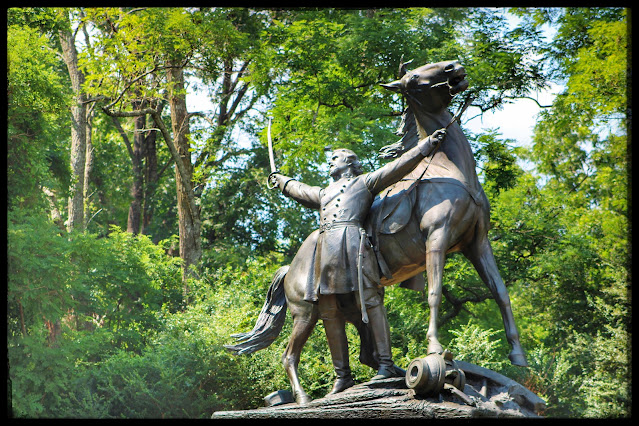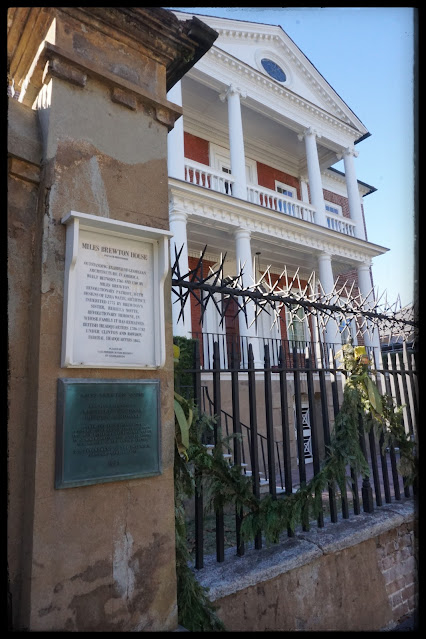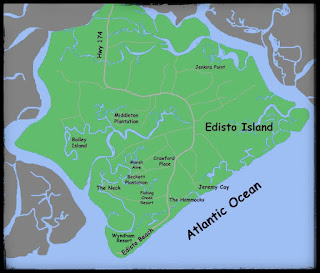First stop was National Military Park but its all about the Vicksburg battle. I will say its like a small scale Gettysburg. The best part of the park was that you had signs for Union and Confederate stands on the hill. There were a few areas that were closed, like Grant’s Headquarters area and where Thayer’s Approach area.
I took tons of pictures of the monuments but will not post them all.
Now on to the history - the battle of Vicksburg. The siege started on May 18, 1863 but it really started in October 1862 when Major General Ulysses S Grant was ordered to clear the Mississippi River of Confederate resistance. President Davis knew that Vicksburg was “the nailhead that holds the South’s two halves together.” Vicksburg was the South’s lifeline. Lt. General John C Pemberton with 50,000 widely scattered confederate solders was expected to keep the river open.


In December Grant begins maneuvers good for both land and water that should force the surrender of Vicksburg by the Bayou expedition. Though all fail. But in Spring of 1863 Grant marches with 45,000 strong down the Louisiana side of the Mississippi River. He then crosses not in Vicksburg but below it. This sets up his attack on the city from the south and east. First he battles Pemberton at the battle of Gibson, defeating him. Then he moves up towards Jackson and he again defeats Pemberton near Raymond. Grant continues wins with capturing Jackson, the state capital. After that Grant moves west towards Vicksburg.
The Shirley House which the federal troops called. “the White House.” This is the only surviving wartime structure in the park. The 45th Illinois Infantry members built hundreds of bombproof shelters to protect themselves against artillery fire.
Vicksburg National Cemetery has 17,000 Federal soldiers buried about 13,000 of them are unknown. The Confederates who died in the siege are buried in cedar Hill Cemetery including camel.
See you at the next bend in the road,
Kelli









Comments
Post a Comment